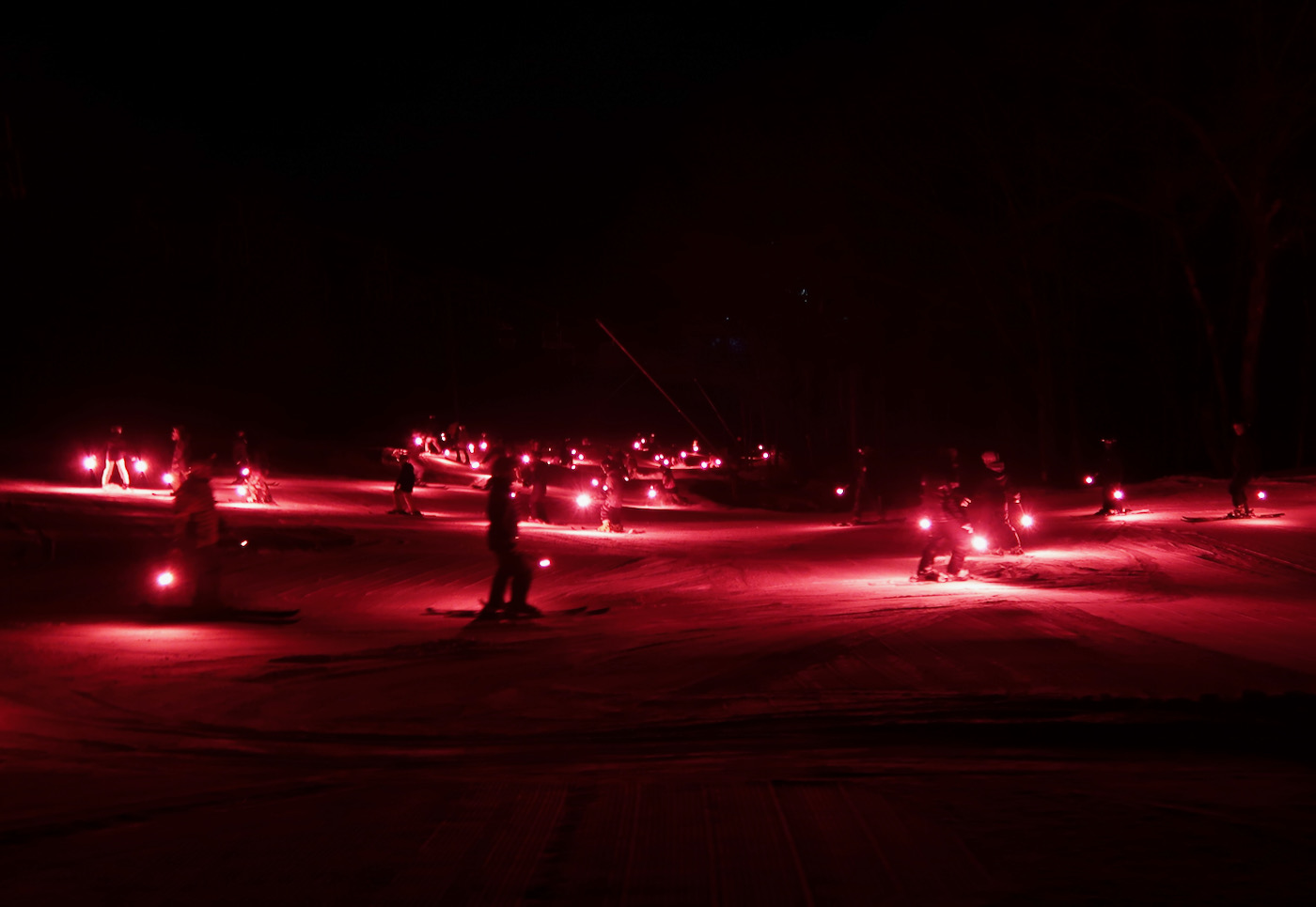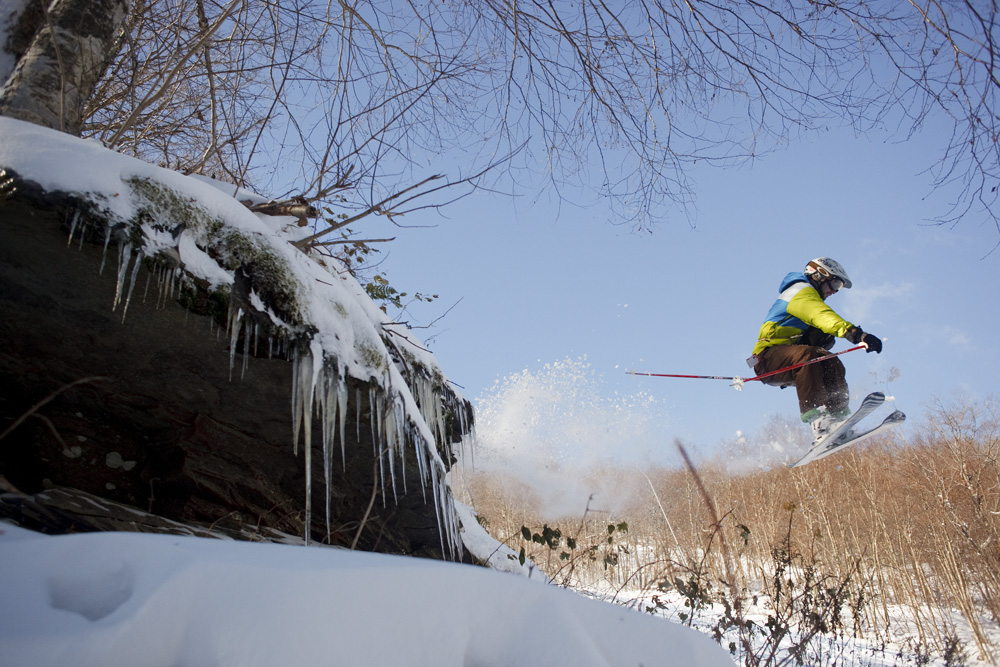Eastern Closing Thread - Part 1
Here Comes the Rain - Eastern Closing Thread - Part 2
I disagree with Patrick's comment
So far I have the Vermont ski season at 25 by the standards of this chart and it's likely to stay that way.
Patrick might disagree with my criteria that an area has to be at least half open to be worth skiing and merit a C grade and any points on that chart. However that criteria has been applied consistently over the past 20 years so this season stacks up poorly compared to most eastern seasons.
No New England area being half open until after the first weekend in January has only occurred 5x since 2000. Unfortunately both last season and this one had that dubious honor. In fairness to Patrick I'll note that on Jan. 1, 2022 Tremblant was 68% open and Le Massif 60%.
January and February were average in 2022 by the standards of the chart though there was an ill timed rain event going into President's weekend. March was below average due to more rain.
Ongoing rain has made this a poor spring in New England. Here what was open second weekend of April vs. average: Stowe 31% vs. 56%, Sugarbush 20% vs. 42%, Whiteface 38% vs. 54%, Sunday River 44% vs. 63%, Sugarloaf 35% vs. 71%.
Eastern Canada must have escaped some of the adverse weather because Trmeblant was 90% open last weekend and Mt. St. Anne 100%. Nonetheless Patrick chose this week to cross the border for his first time since the pandemic. Why? He has an Indy Pass. The Indy Pass has some interesting places as I visited 5 of them last season. But it's a bad idea for someone who has a job during most of the ski season and can only utilize it during shoulder seasons.
Why? He has an Indy Pass. The Indy Pass has some interesting places as I visited 5 of them last season. But it's a bad idea for someone who has a job during most of the ski season and can only utilize it during shoulder seasons.
FYI Le Massif may nose out Jay Peak for most snowfall in the East in 2021-22.
Here Comes the Rain - Eastern Closing Thread - Part 2
I disagree with Patrick's comment
This ski season was great for snow conservation (ie. cold and less thaws).
So far I have the Vermont ski season at 25 by the standards of this chart and it's likely to stay that way.
Patrick might disagree with my criteria that an area has to be at least half open to be worth skiing and merit a C grade and any points on that chart. However that criteria has been applied consistently over the past 20 years so this season stacks up poorly compared to most eastern seasons.
No New England area being half open until after the first weekend in January has only occurred 5x since 2000. Unfortunately both last season and this one had that dubious honor. In fairness to Patrick I'll note that on Jan. 1, 2022 Tremblant was 68% open and Le Massif 60%.
January and February were average in 2022 by the standards of the chart though there was an ill timed rain event going into President's weekend. March was below average due to more rain.
Ongoing rain has made this a poor spring in New England. Here what was open second weekend of April vs. average: Stowe 31% vs. 56%, Sugarbush 20% vs. 42%, Whiteface 38% vs. 54%, Sunday River 44% vs. 63%, Sugarloaf 35% vs. 71%.
Eastern Canada must have escaped some of the adverse weather because Trmeblant was 90% open last weekend and Mt. St. Anne 100%. Nonetheless Patrick chose this week to cross the border for his first time since the pandemic.
 Why? He has an Indy Pass. The Indy Pass has some interesting places as I visited 5 of them last season. But it's a bad idea for someone who has a job during most of the ski season and can only utilize it during shoulder seasons.
Why? He has an Indy Pass. The Indy Pass has some interesting places as I visited 5 of them last season. But it's a bad idea for someone who has a job during most of the ski season and can only utilize it during shoulder seasons.FYI Le Massif may nose out Jay Peak for most snowfall in the East in 2021-22.
Last edited:


 It's a list of daily new snows. Harv, can I assume that December and March are complete months?
It's a list of daily new snows. Harv, can I assume that December and March are complete months?